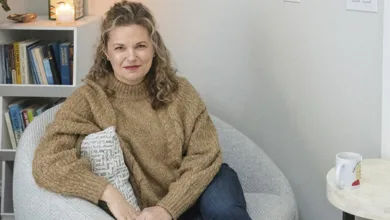Transitioning from a Conventional to an Intentional Lifestyle

“Relax. Listen to the sound of your breath. Set an intention.”
As a newbie in a yoga class, I felt vulnerable. The quietness in the studio was deafening. Our instructor’s soft chime to start the practice and instructions were unfamiliar.
What did it mean to listen to the sound of my breath? Set an intention? For what?
After class, I asked a friend how to set an intention for the class. She explained an intention is a guiding principle for who you want to be and how you want to act, live, and show up in this world within the next hour, day, week, or beyond, on and off the yoga mat.
I recently heard a speaker talk about transitioning from a conventional lifestyle to an intentional lifestyle. There was that word, again: Intention.
As a retirement transition coach, it occurred to me that this is what I do.
I offer non-financial guidance when individuals are planning to transition from a conventional lifestyle to an intentional lifestyle. By identifying what matters most in this next phase of life, setting intentions can be empowering.
Setting intentions encourages you to be proactive, to live your life with purpose. It empowers you to participate in your own life on your own terms. And to take accountability for your own choices and desires.
Sometimes I am asked if setting an intention is the same as setting a goal.
Intentions guide us to goals. A goal sets a plan for what you want to do. An intention creates clarification around who you want to be. Think of intention as the foundation of the goal.
For example:
Intention: I will remain calm. Goal: I will follow breathing techniques I learn in yoga practice.
Intention: I will be of service to others. Goal: I will become a mentor to business owners.

When setting intentions:
- Write down the intention in the affirmative and share with others. By doing this, the intention becomes powerful and keeps the individual more committed and accountable.
- Be specific.
- State intentions as something you want to do, instead of what you don’t want to do. “I will” or “I am,” instead of “I won’t.”
- Keep intentions brief.
The benefits of setting intentions increase focus and momentum, eliminates perceived limitations, and expands your perspective.
When setting your intentions for transitioning into retirement, what will matter most and be your guiding principles for who you want to become and how you want to act, live, and show up in this new phase of life? Wishing you all the best!





